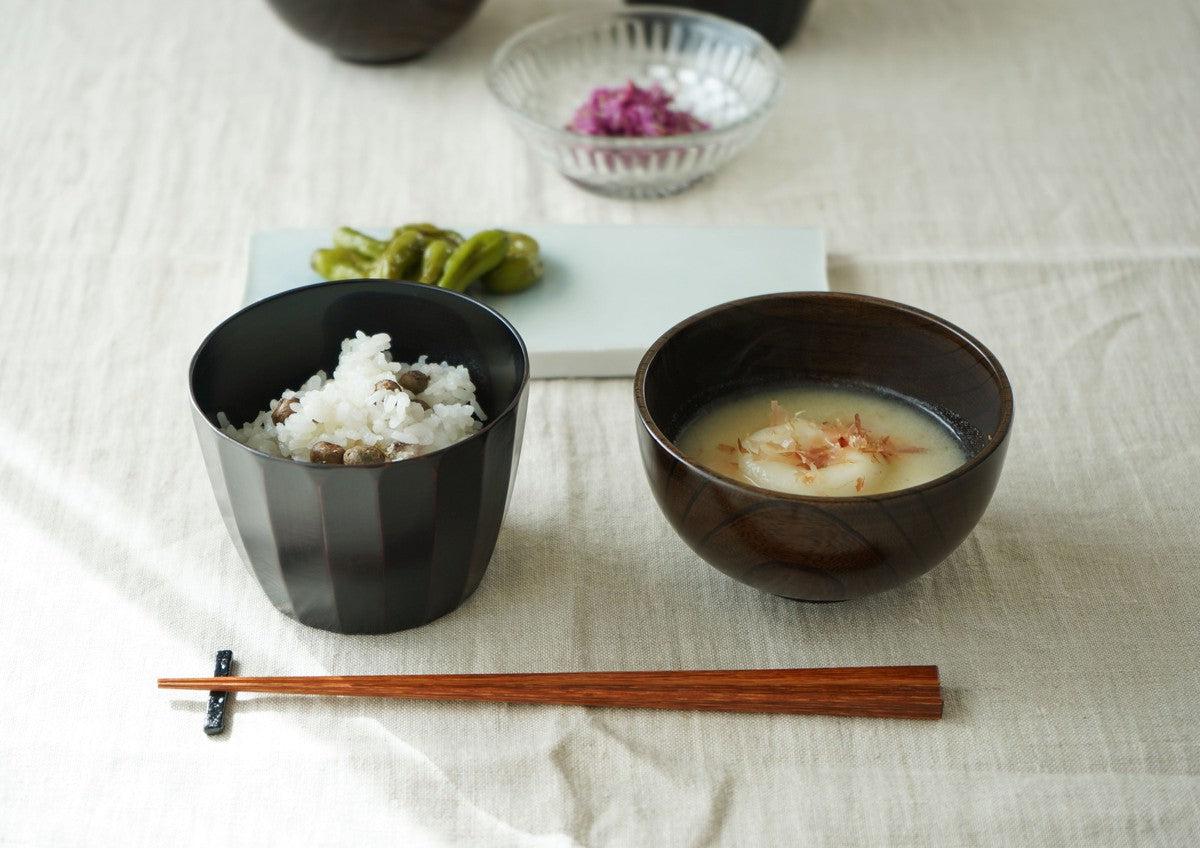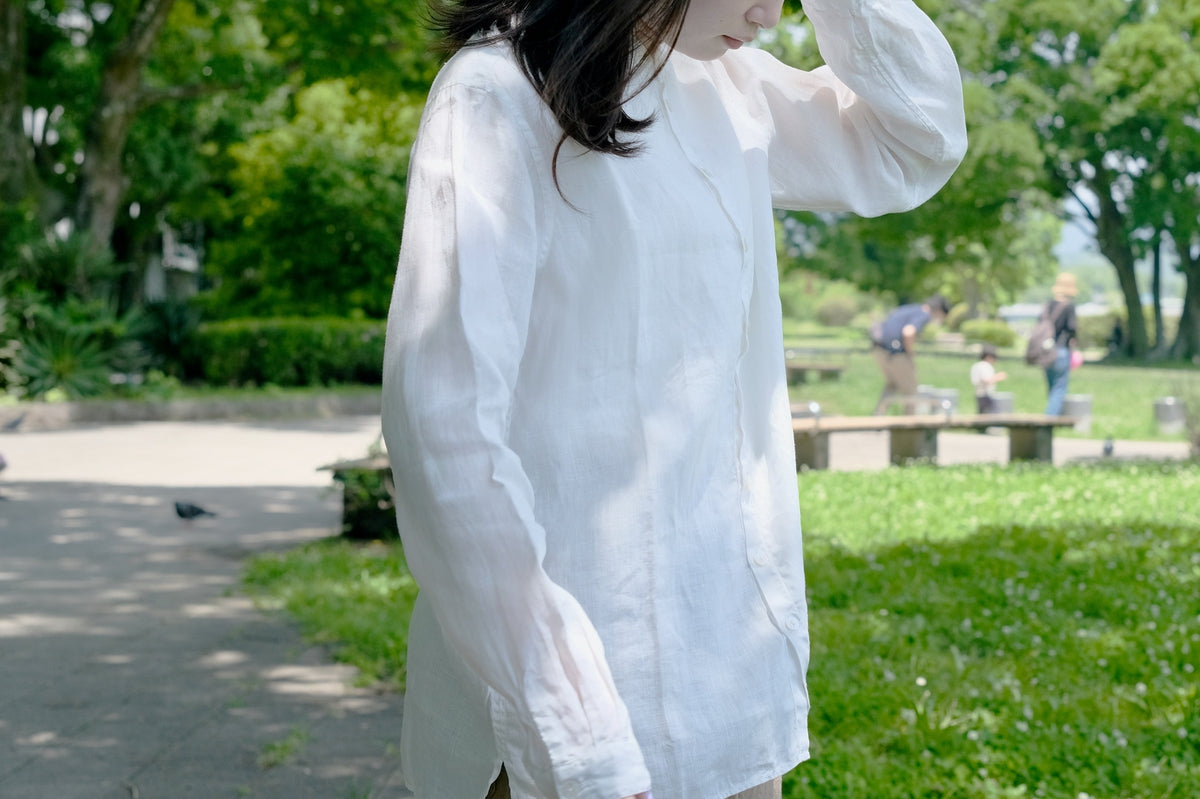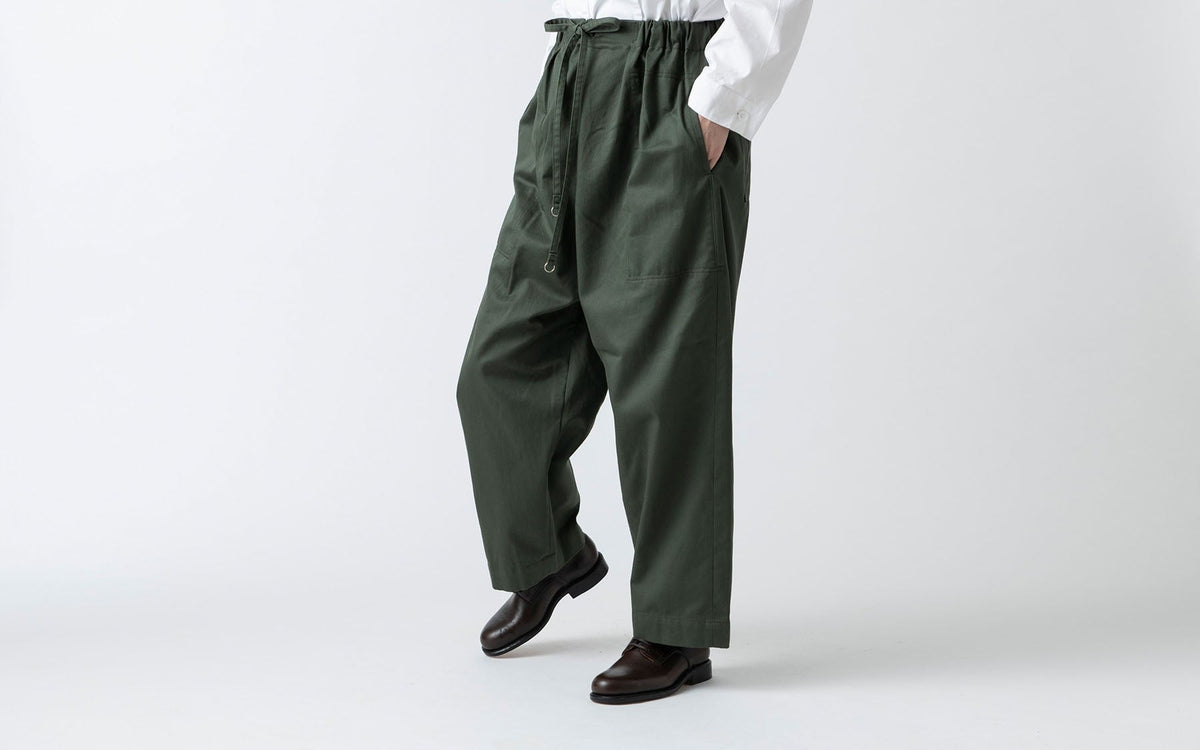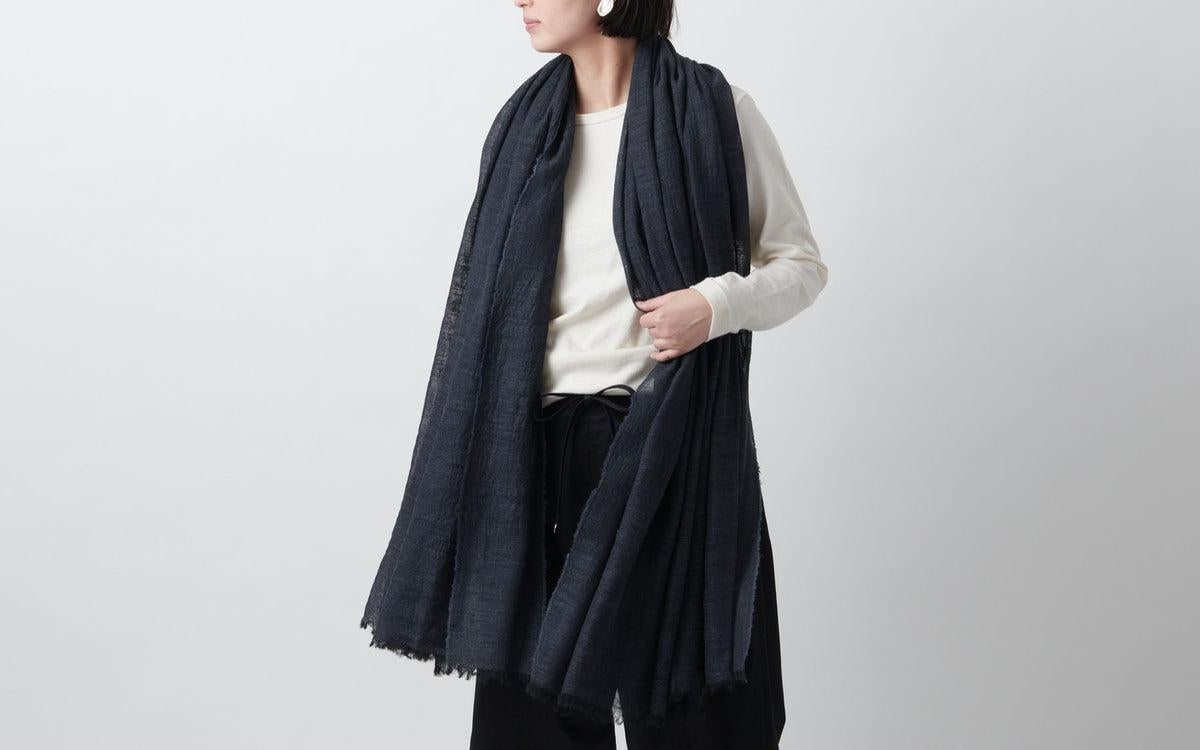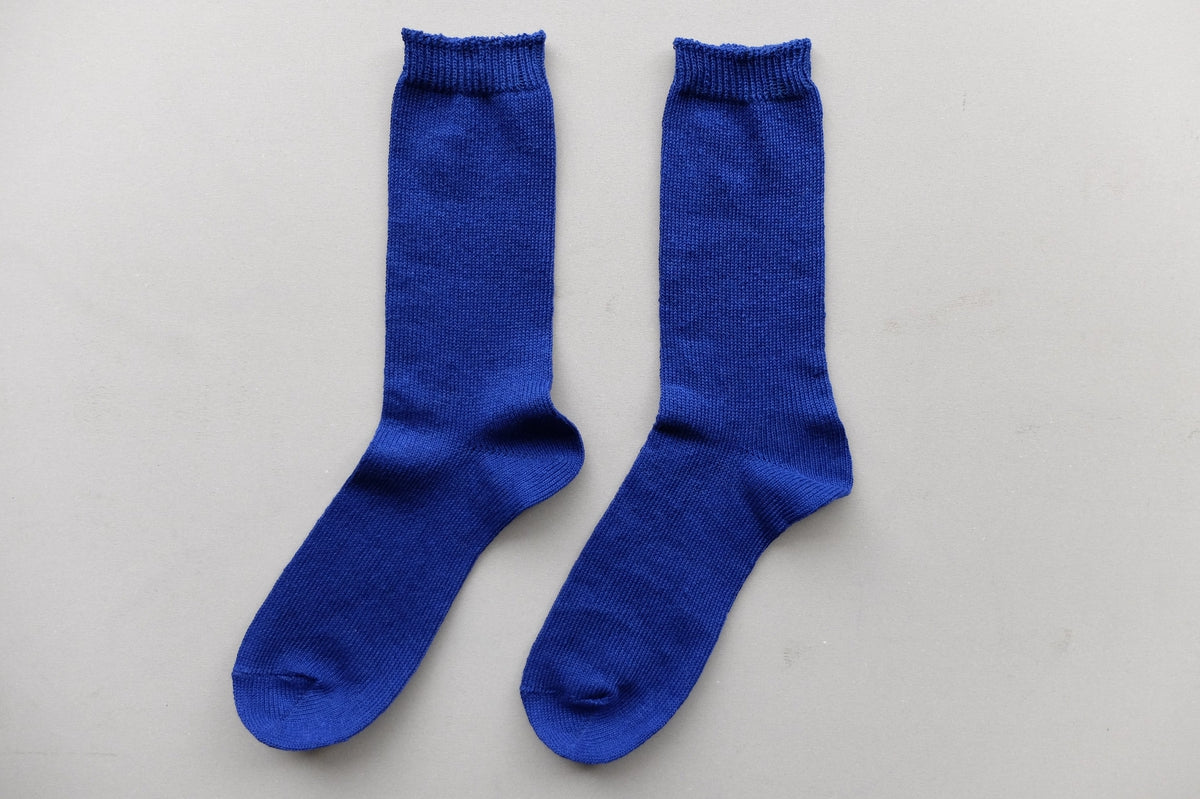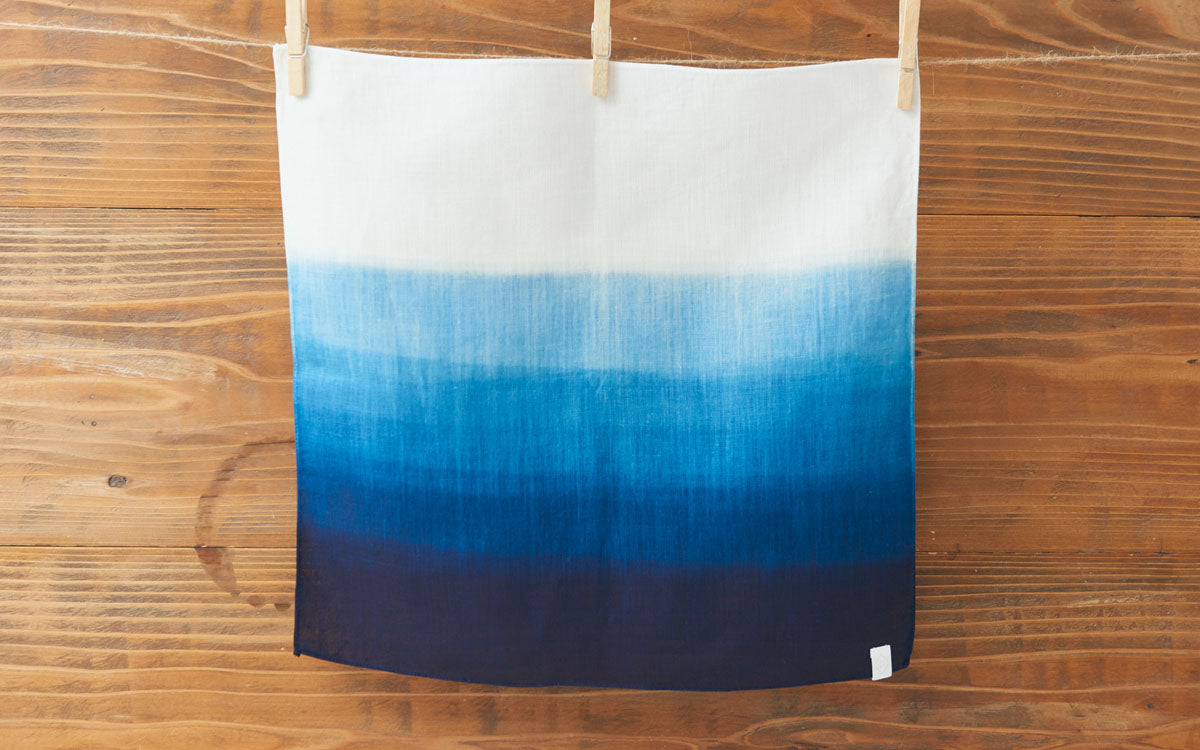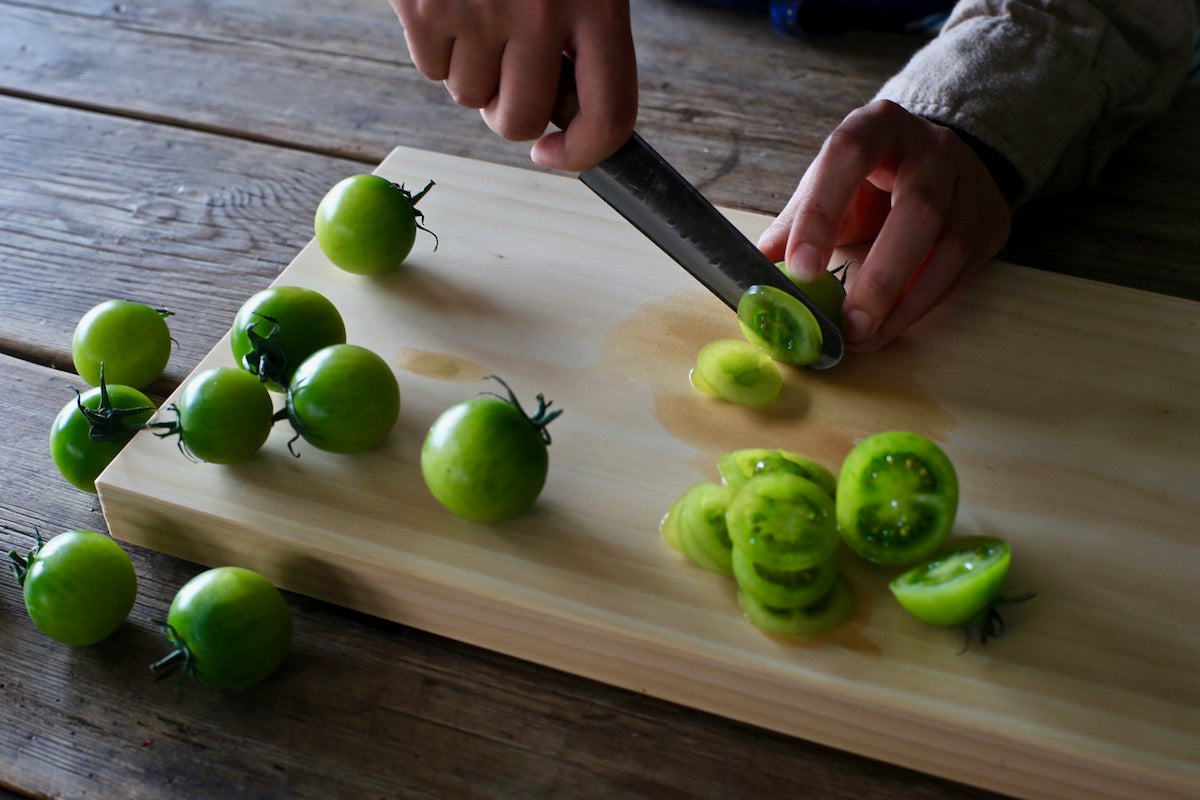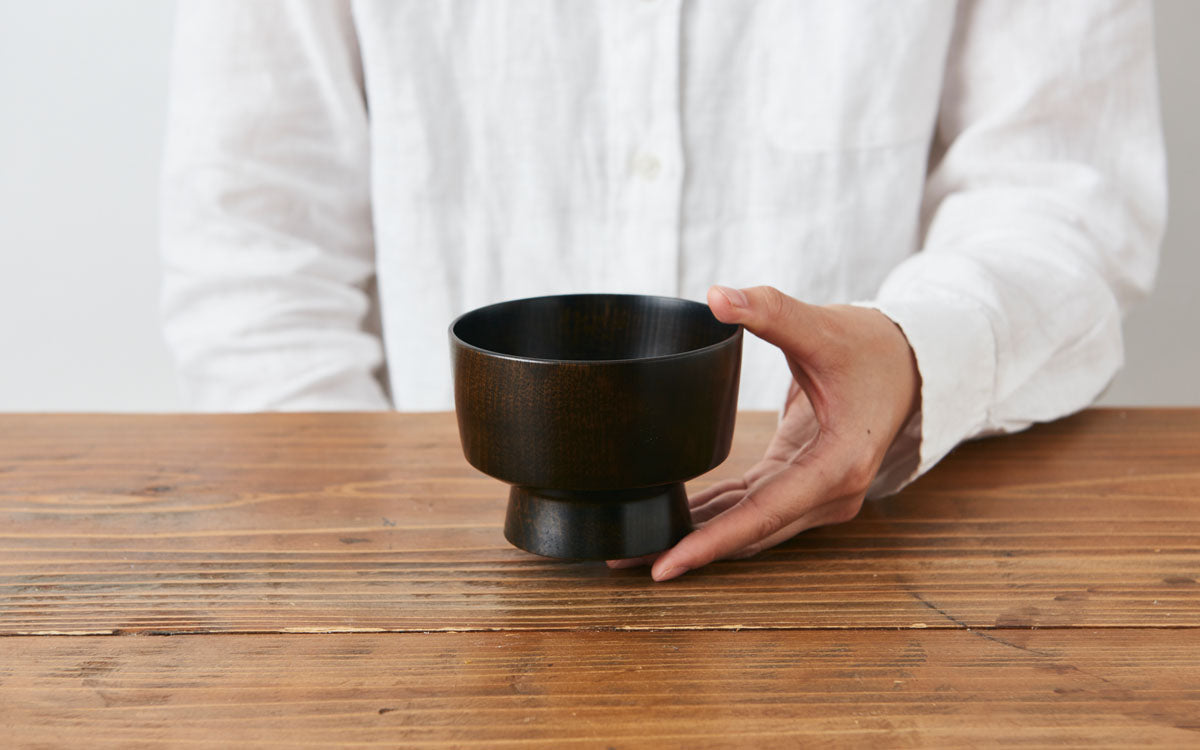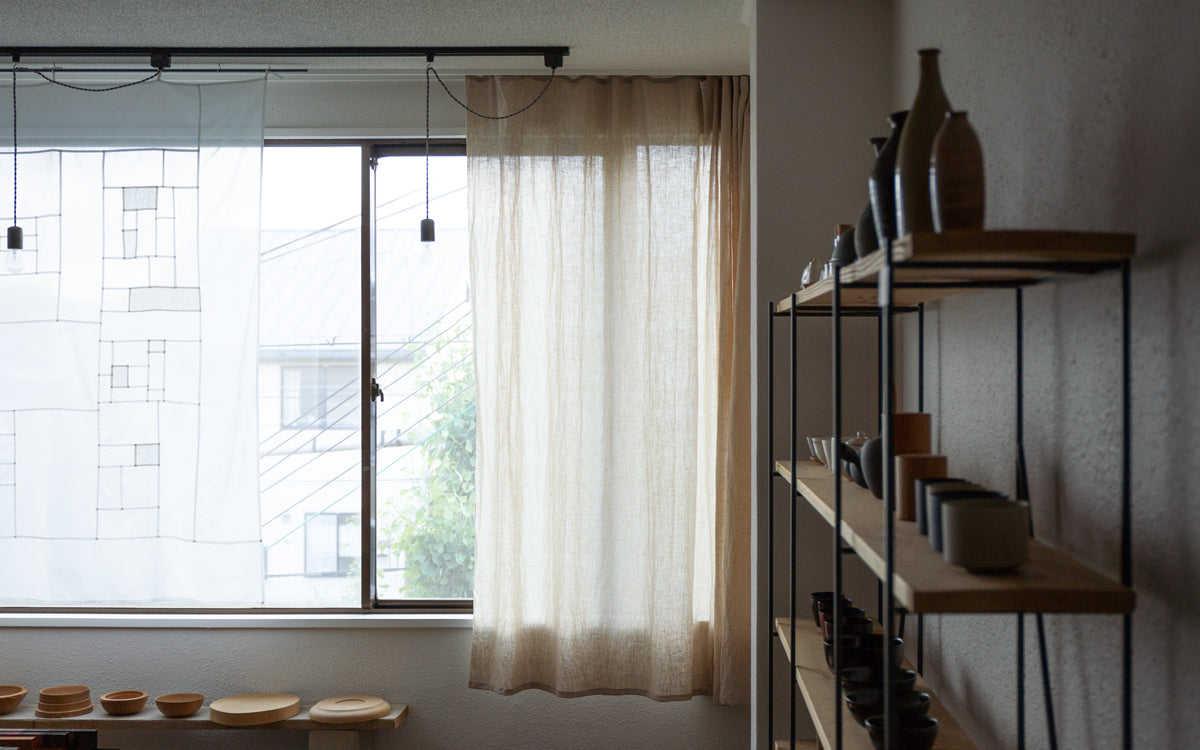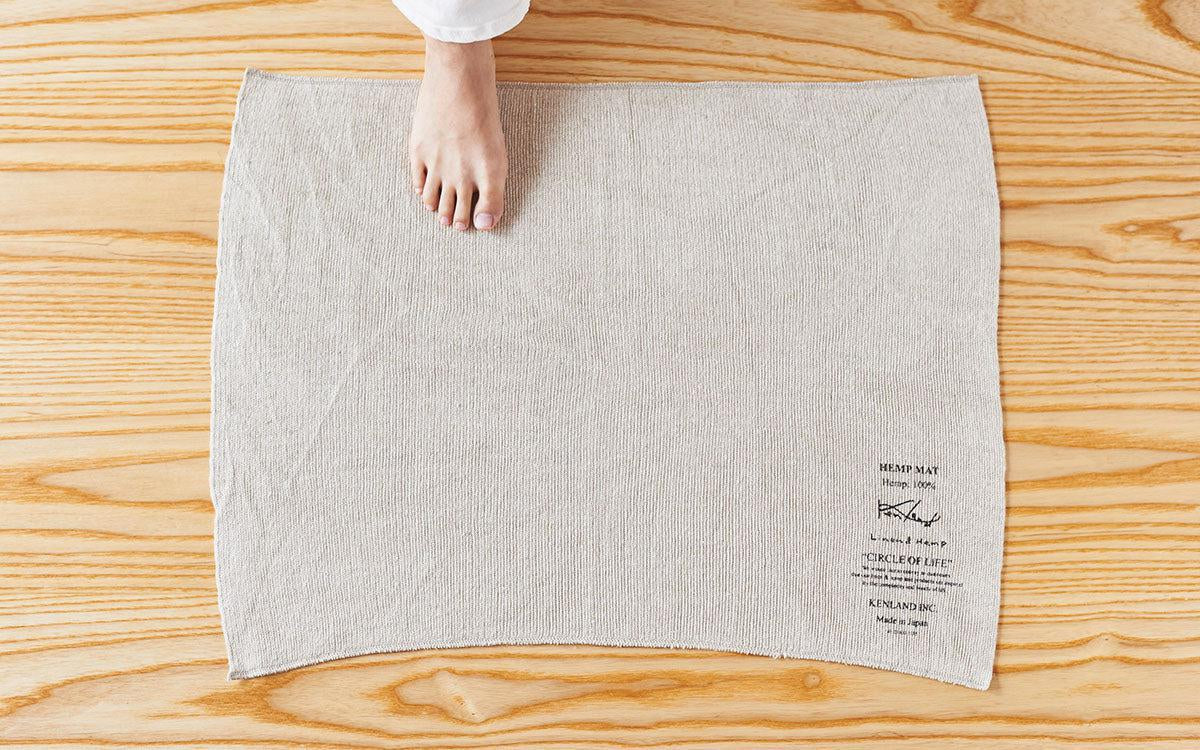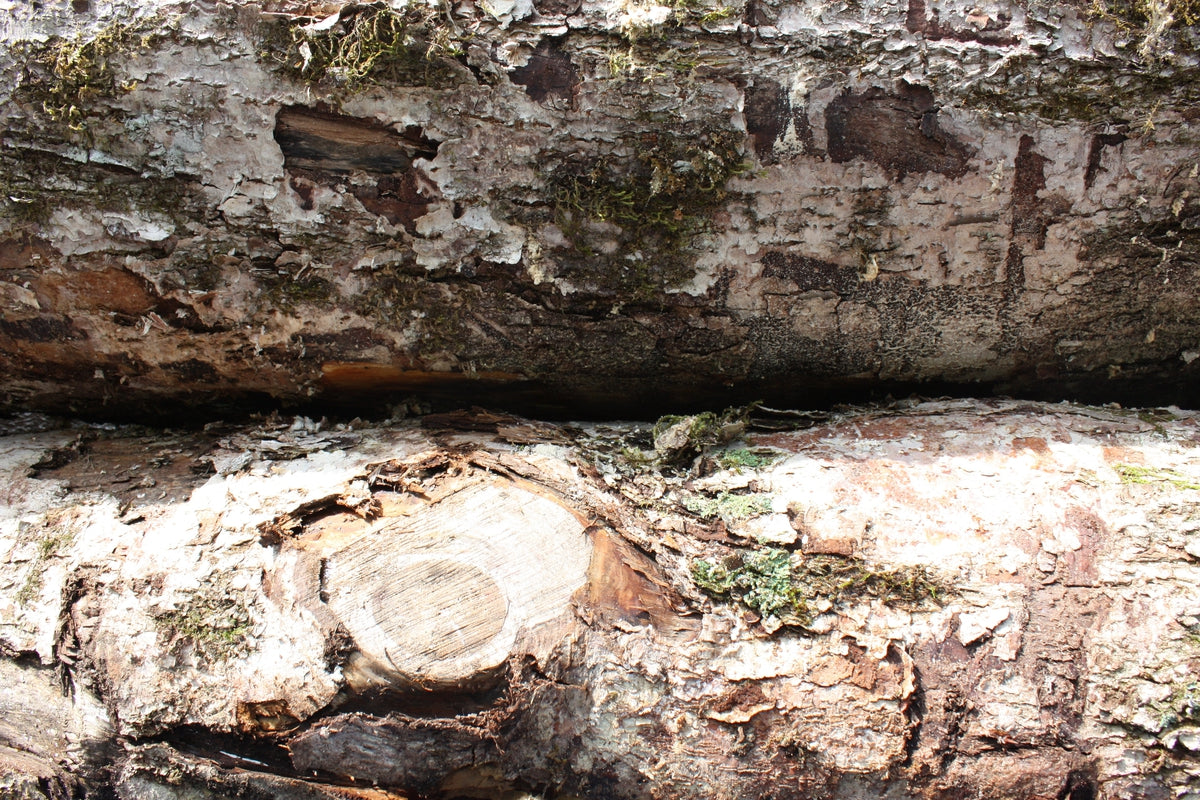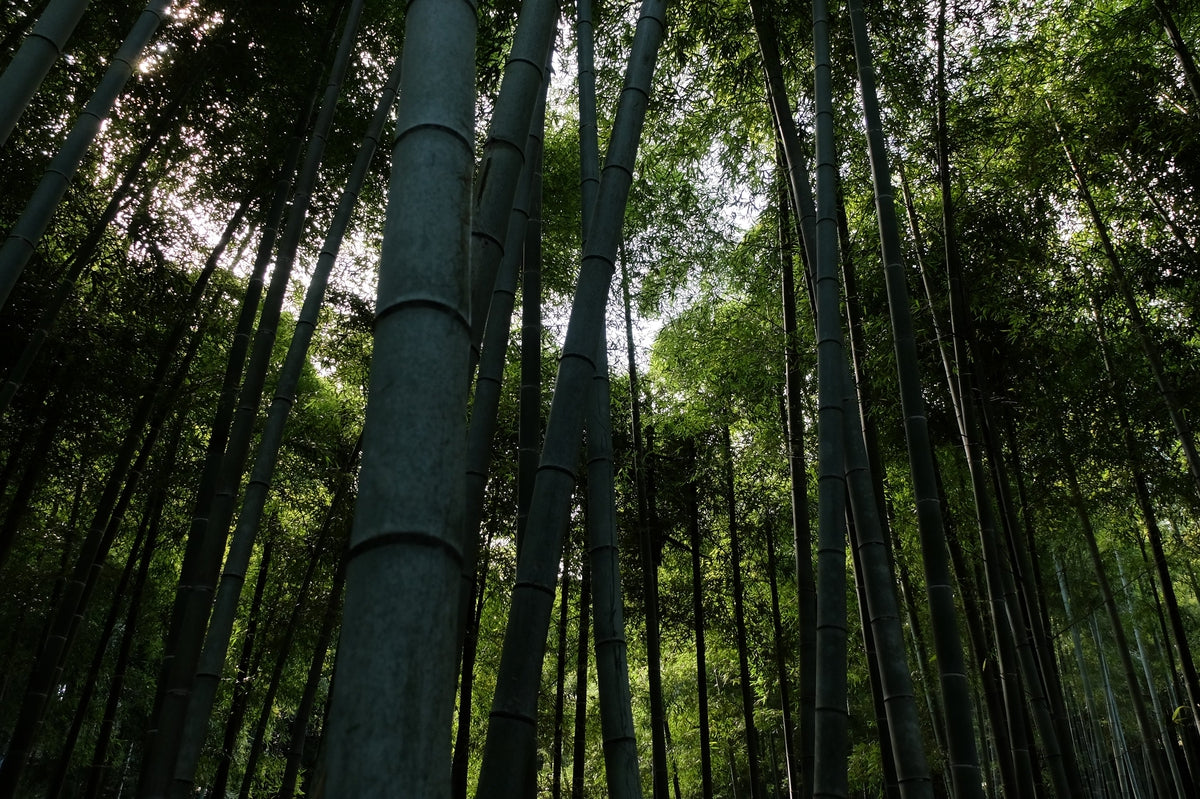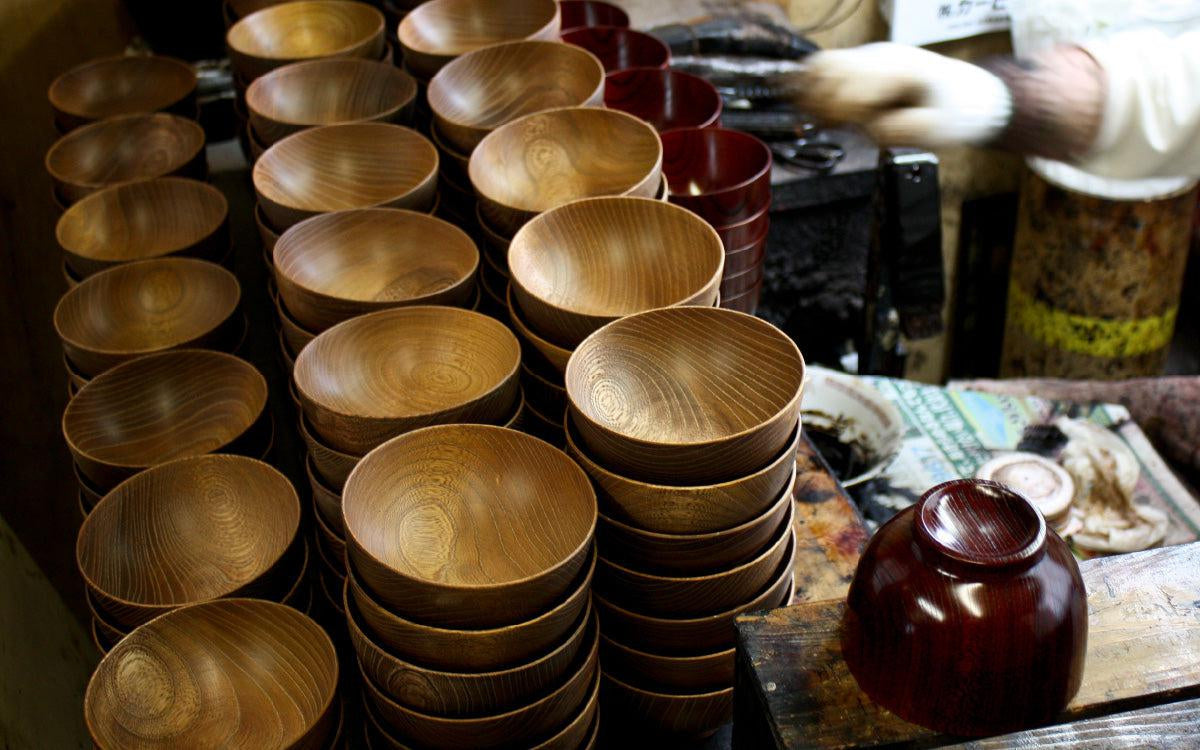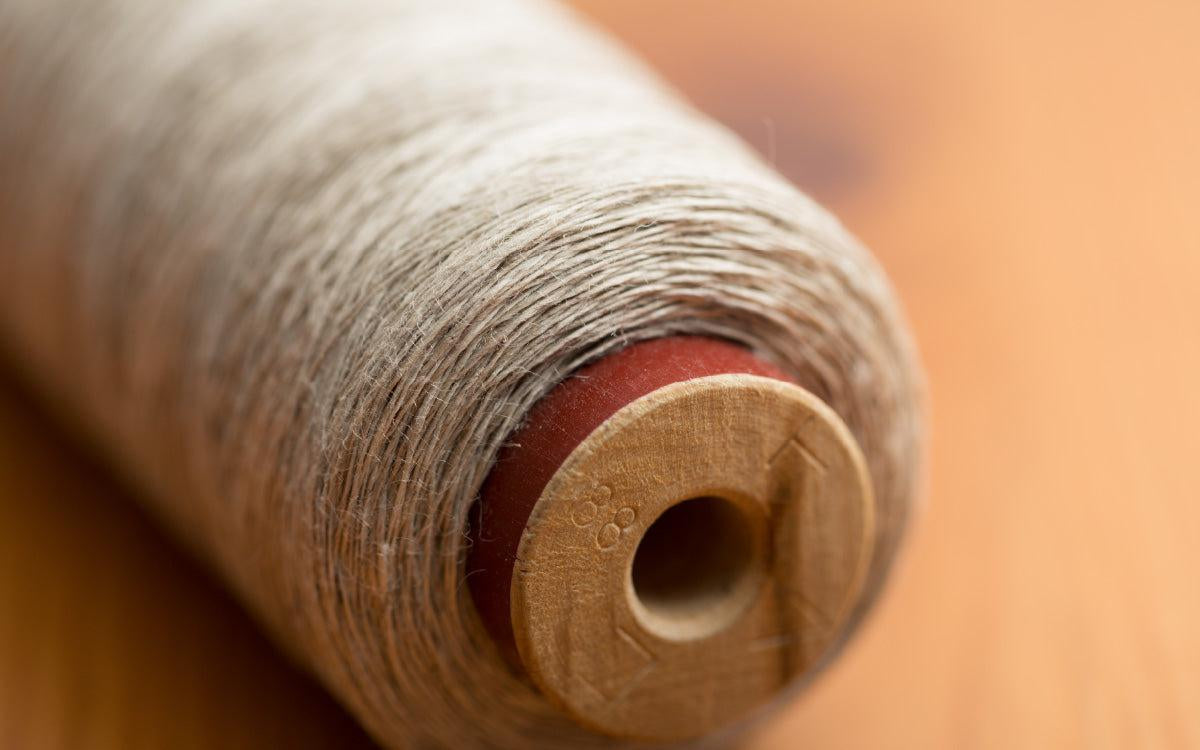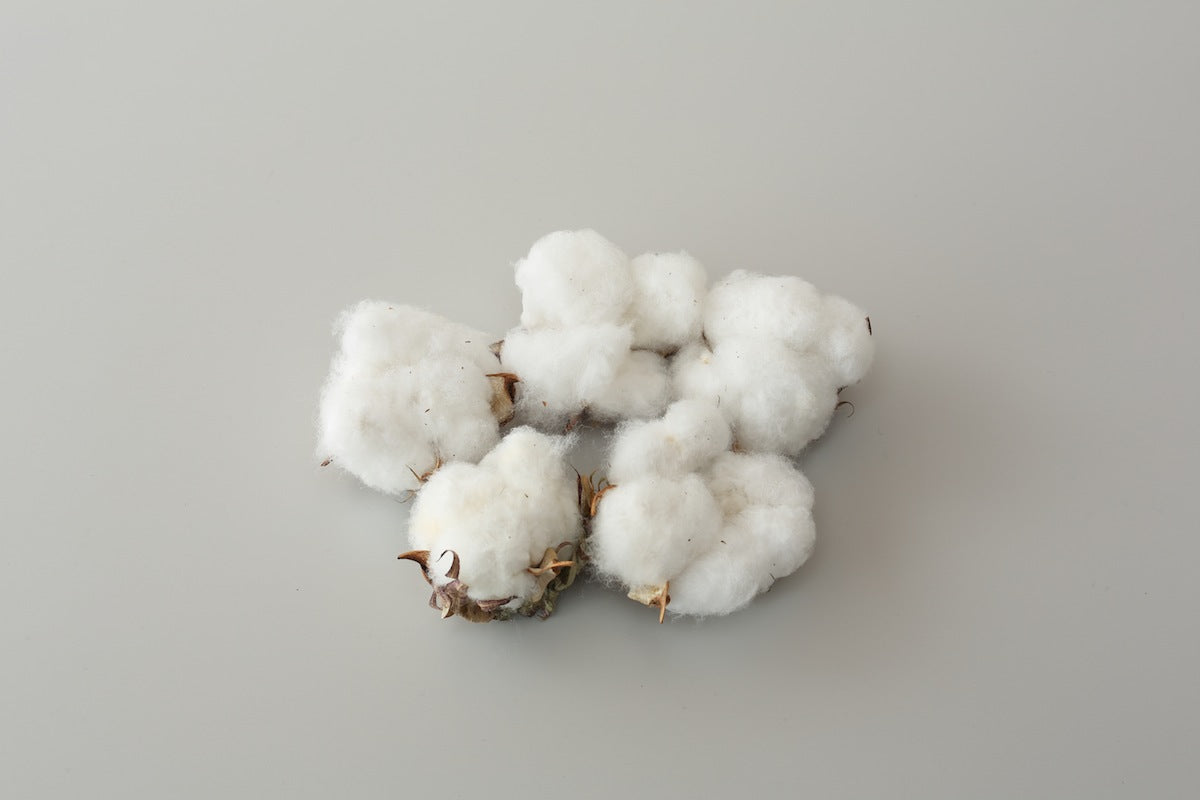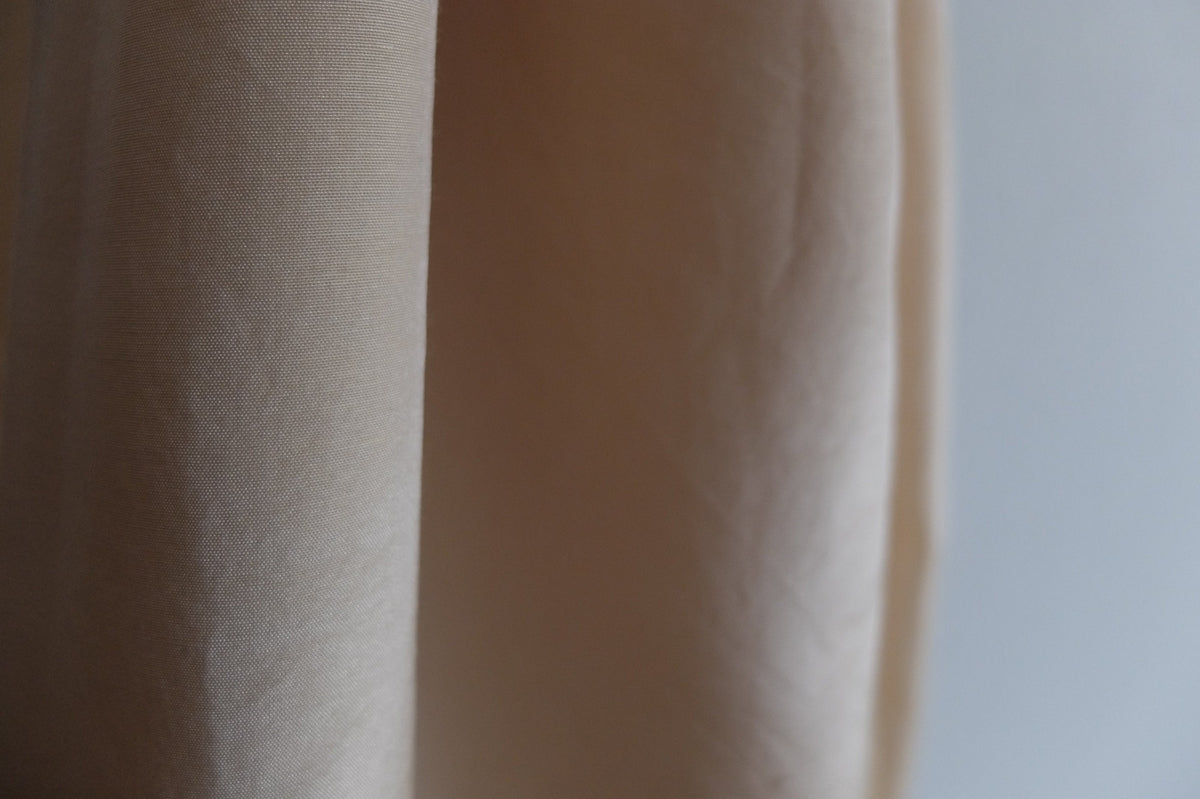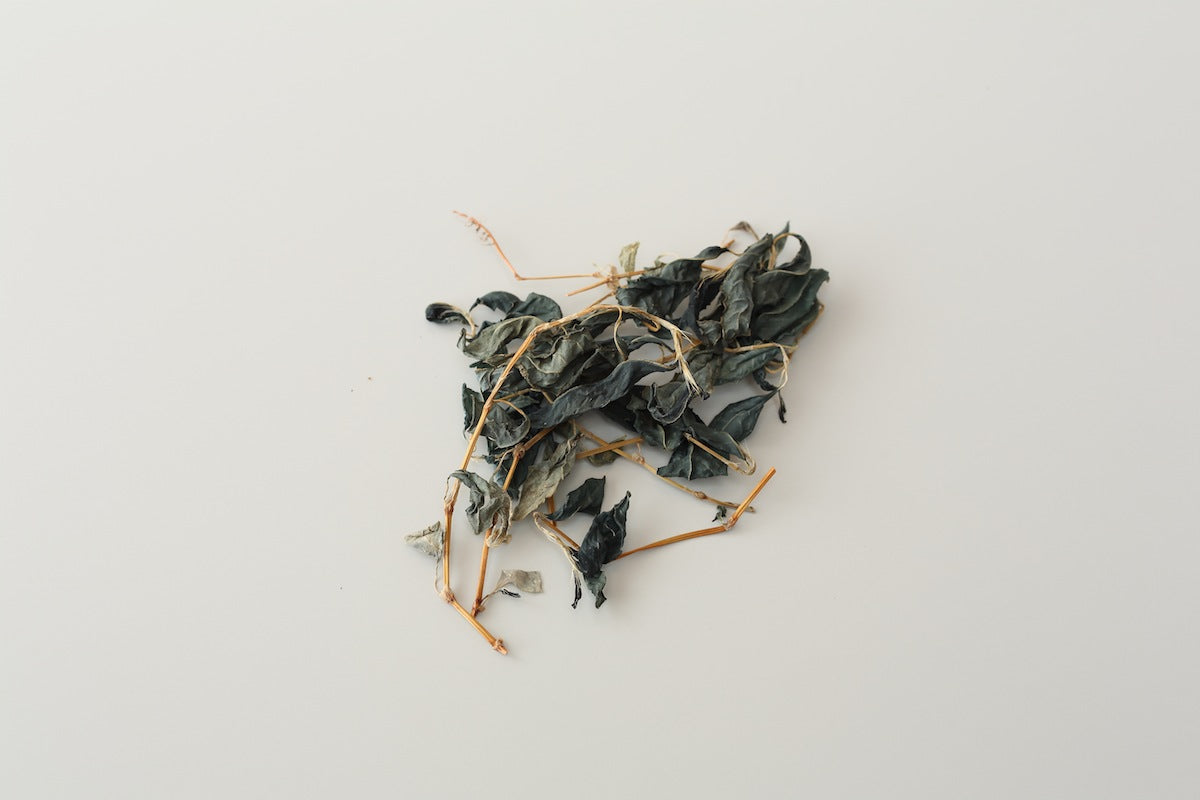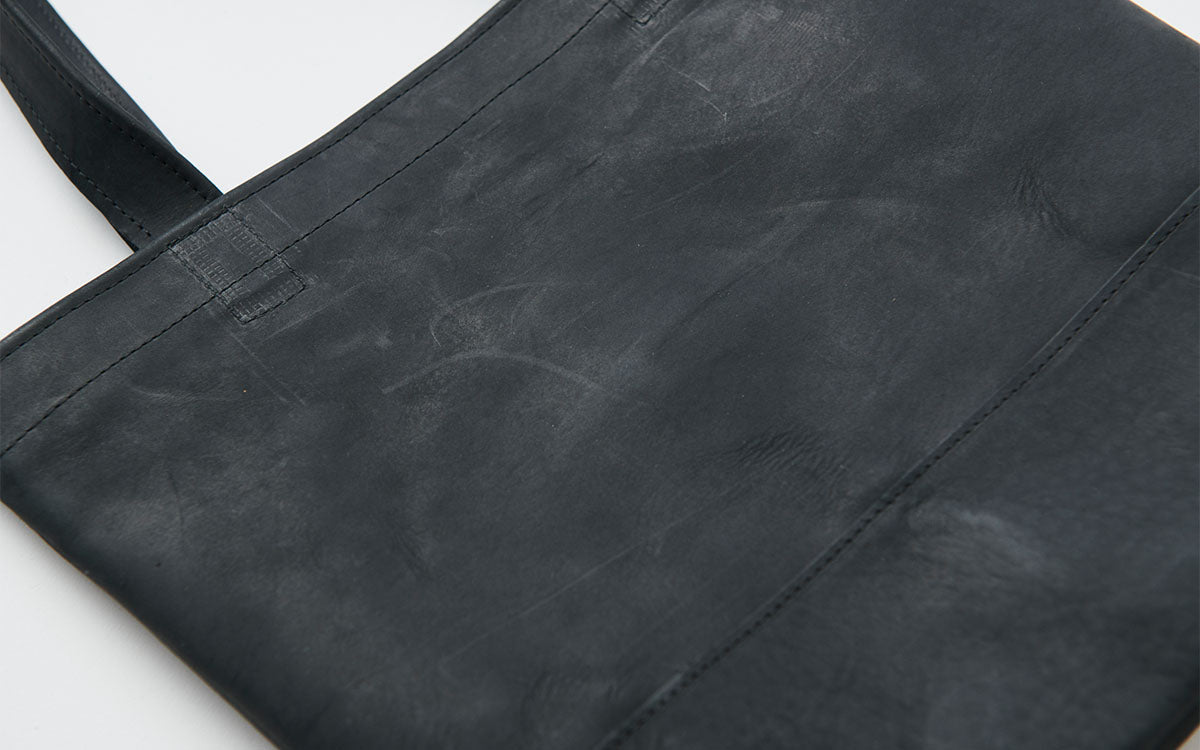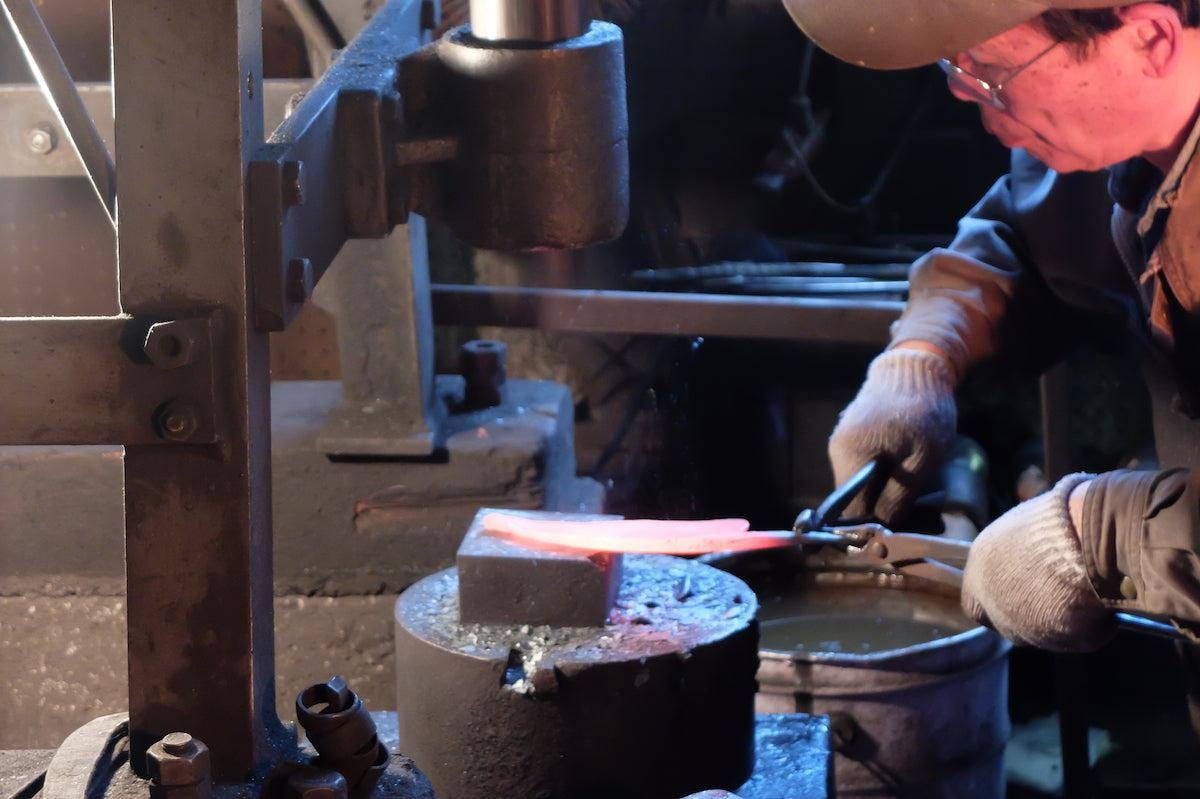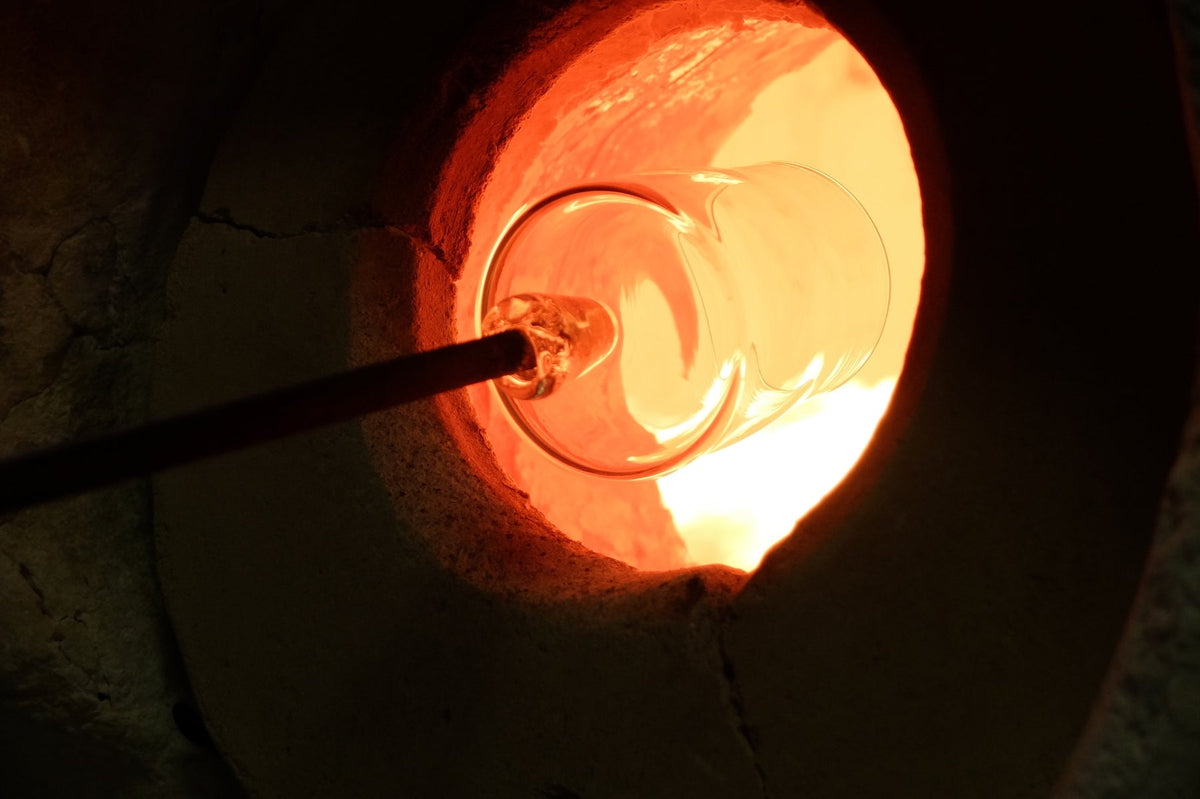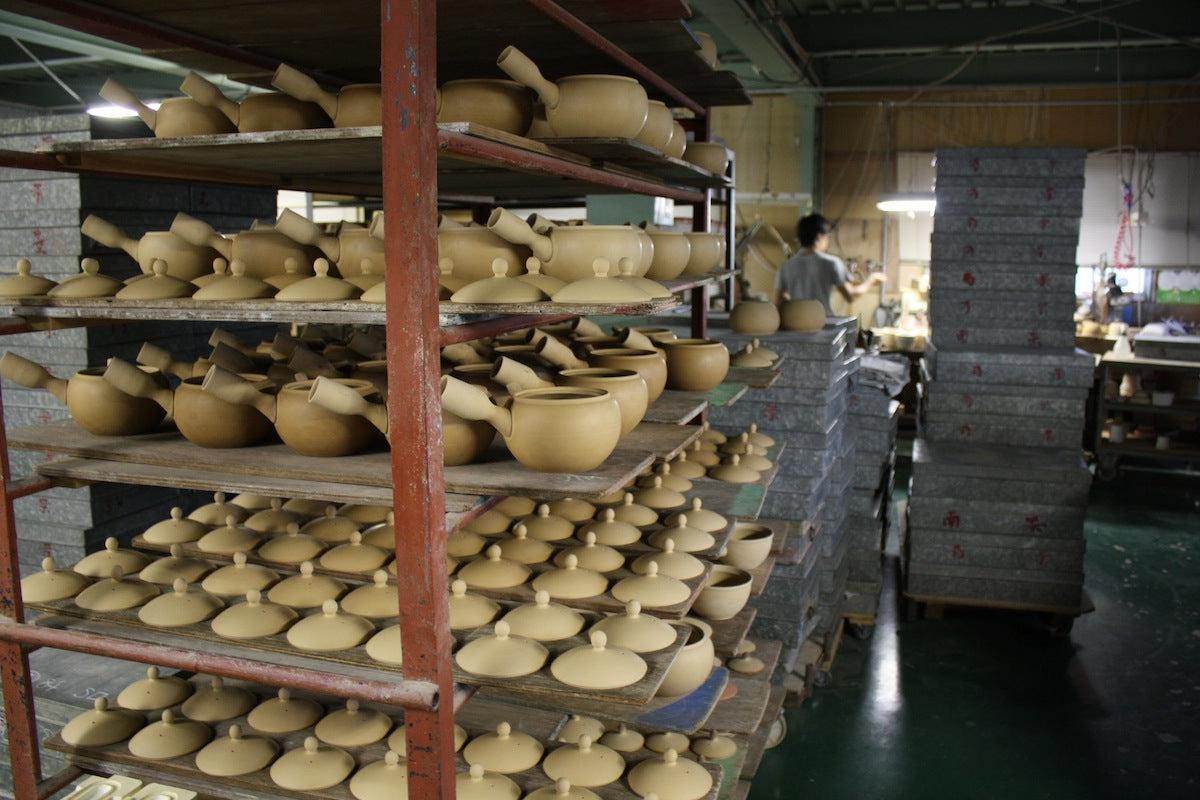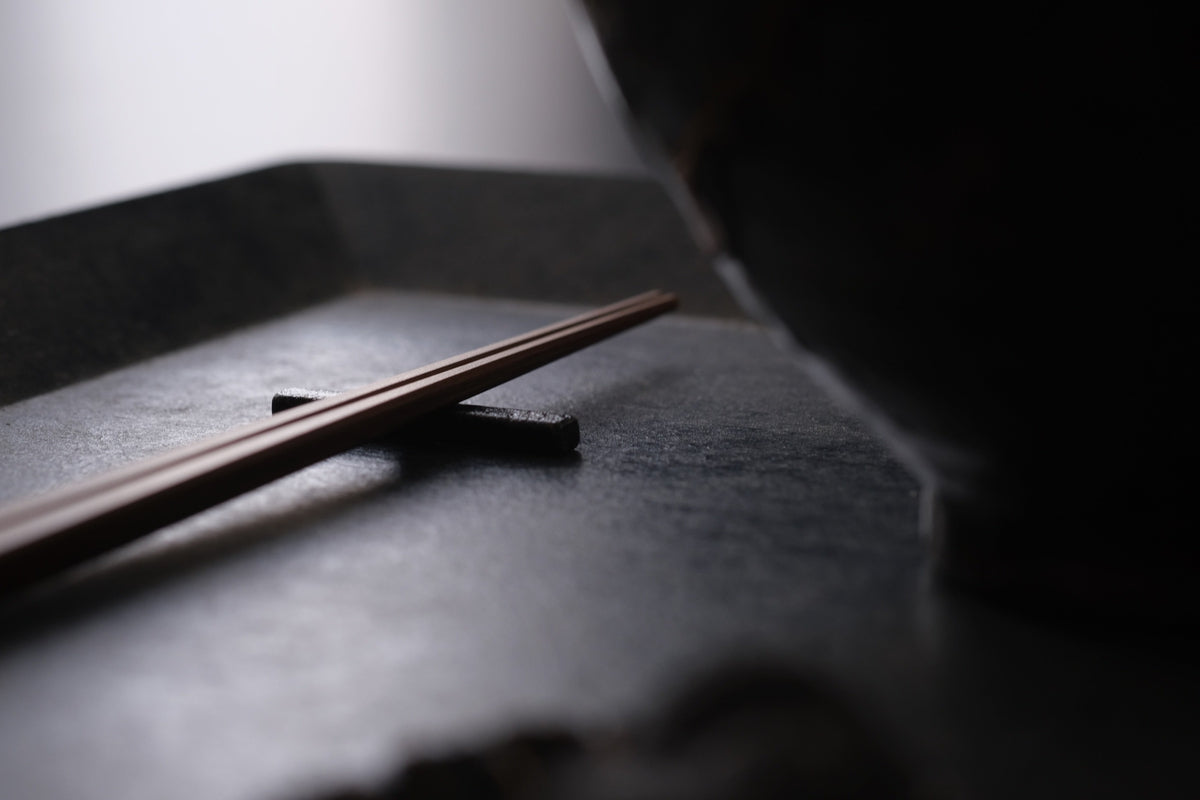Lacquer-turned zelkova soup bowl|Black lacquer
在庫数: 12
Couldn't load pickup availability
Kijishi from Nagano who carves bowls from zelkova trees, and lacquerware from the mountains who rub lacquer onto wooden bowls using a technique called rubbing lacquer.
A bowl born from the pursuit of a beautiful form and ease of use that brings out the texture of wood and the luster of black lacquer. I came up with a wiped lacquer soup bowl that fits in well with the current dining table where Japanese and Western tableware are lined up together.
It is a bowl with a shape and coating that we have arrived at through trial and error with two craftsmen.
Keyaki is used as the material. It is a tree that has been loved for a long time in Japan, and its beautiful grain makes it suitable for tall bowls.
The first feature of this soup bowl is the low base that closes inward. It fits neatly on a tall dining table, and can be placed together with other western tableware and plates.
In the past, dining tables were low like chabudai, but now there are many dining tables, and a high table tends to have a large appearance and presence. In order to make it easier for fingers to lift the bowl as a soup bowl, I tried to keep it as minimal as possible while adding a foot.
The second feature of the bowl shape is its rounded yet clean outline. Therefore, it is a little smaller than other soup bowls and has a smaller capacity. I made it with an image that fits comfortably in the hands of women and elderly people.
Once the wooden bowl is completed, the final coating is wiped lacquer. It is a technique to rub many times like wiping lacquer. Black lacquer that has been reacted with iron is rubbed over it. Unlike the main coating applied with a brush, the wood grain of the zelkova wood appears slightly and softly like wiped lacquer, giving it a transparent black color.
The lacquerer's careful work gives it a glossy texture. In the process between rubbing the lacquer, the fine work to stop the grain of the wood is done carefully.
Since it is lacquered, it is resistant to moisture and can be used without hesitation every day. As long as you avoid strong friction from dishwashers, hard metals, etc., and even soak and wash, delicate handling is unnecessary.
A soup bowl that took a long time to make and use while visiting the craftsman's workshop many times. As for the shape, every time I made it in the workshop, I shaved the wood, checked it, and shaved it a little more to adjust the angle.
While wipe lacquer is also usually applied in a single layer, we decided through trial and error how the colors would come out depending on the layering and order of lacquer, such as unrefined lacquer, black, and vermillion.
Keyaki and lacquer. It's made with only natural materials, so you can use it with peace of mind. Due to its size and shape, many people use it like a small bowl, and it is also popular as a gift due to its wide range of uses.
Wooden bowls are characterized by their light weight and insulating properties. Even if you put hot soup in it, the wooden material will soften the heat. In that sense, the soup bowl makes the most of the goodness of wood, and is a tableware that has supported the unique Japanese eating habits of using it together with chopsticks, holding it in your hand, and eating with your mouth directly on it.
A daily-use soup bowl made for today's Japanese dining table.
I would be happy if you could use it every day with various tableware.
▼Photo
6 Front: Soup bowl Back: Bowl bowl
7 Left: Soup bowl Right: Don bowl
8 Left: Soup bowl Bottom: Wiping lacquerware that can be used every day Right: rice bowl
【material】
Japanese zelkova
wipe lacquer finish
[Size] φ11 x 6cm
【Care】
・Avoid using a hard brush. The lacquer may peel off.
・Please avoid soaking in water for a long time.
・Detergent can be used without problems. It's okay to wash with a soft brush or wash with a sponge.
・Avoid using a microwave oven, dish dryer, or refrigerator.
*Frequently Asked Questions/Supplementary Comments*
・There are “bowls” and “bowls” with the same material and lacquer finish.
・We do not repaint and repair due to the intention of the lacquer craftsman. The reason for this is that with long-term use, salt from cooking may penetrate into areas where the lacquer has become thinner, and even if the lacquer is reapplied, the quality cannot be guaranteed afterward.













